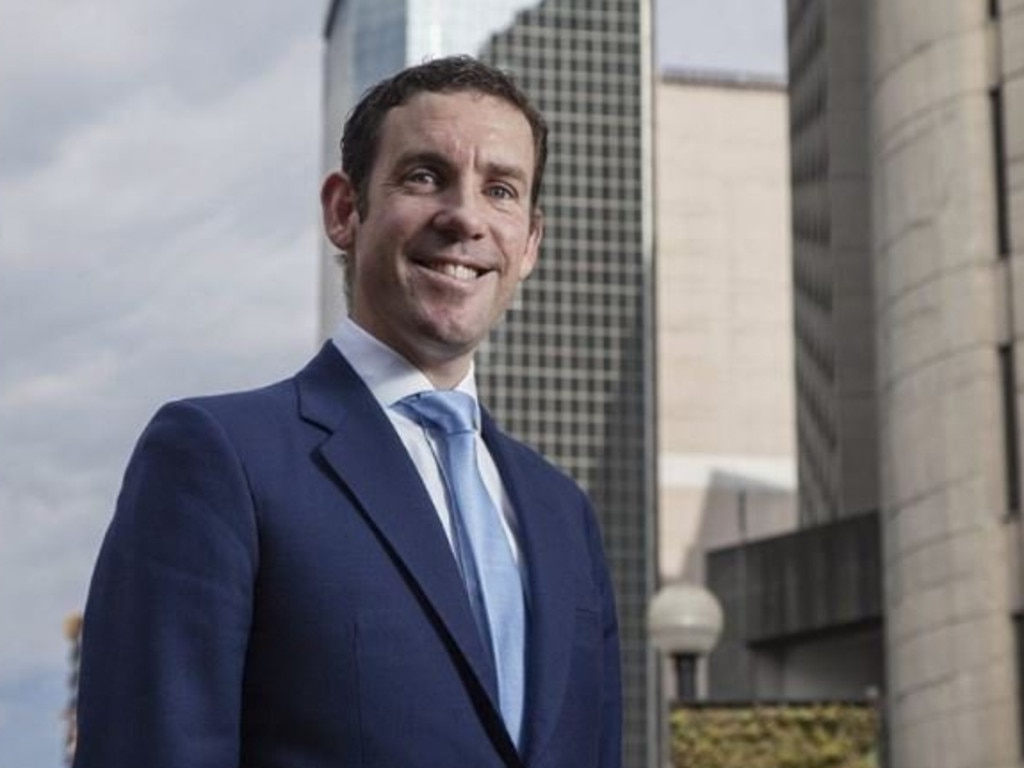Year of reckoning as cashflow crunch looms for many

The year 2021 is when zombie companies appear, when business models in the coal-fired energy sector and some renewables are heading for the brink and when the unravelling of Australian financier Greensill must touch a number of sectors. To top it off, this year businesses will be under new quarterly disclosure rules about their payments to suppliers which are guaranteed to sharpen the mind. Remarkably, insolvencies year-on-year are down 50 per cent according to Jason Preston, the chairman of restructuring and insolvency advice firm McGrathNicol. That is thanks to the huge Team Australia stimulus.
“Until the end of December there was statutory relief for directors, plus JobKeeper, plus the tax office has been far more lenient in terms of agreeing to payment plans for people, plus the banks have been very supportive,” says Preston.
“At the smaller end, there has been rental protection for tenants as well. With low interest rates as well, you have had all that support, which has more than countermanded the impact of COVID-19.”
All that support is now going. The tide of stimulus is retreating and regulation tightening. On January 1, director liability for firms trading while insolvent returned and the statutory demand for a winding up of a company by unsecured creditors — which had been pushed out to months (effectively a debt shelter) — is back at 21 days. “Over the course of the year we’ll see the tax office and financiers wind back some of their support, particularly for business that had problems before COVID-19,” says Preston.
The return to “business as usual” comes just as the coal industry battles its own perfect storm of climate change and stymied exports to China. This week, Energy Australia announced the closure of its Yallourn coal-fired power station in Victoria would be brought forward to 2028.
Bizarrely, the instability in the national electricity grid, driven by the surge in renewable energy that is hollowing out coal business models, is now threatening the business models of many renewables projects too.
“We are working with project sponsors where completely developed renewable projects are not able to operate at 100 per cent because of the grid,” Preston says. “Most of them are project finance deals so they are quite highly leveraged, because everyone expected nice secure steady cashflow. Then all of a sudden, you can’t generate the revenue because you can’t transmit the output. And you don’t need to have too much curtailment to have a problem in your financing structure. Some of these projects are facing 50 per cent curtailment.”
Across many sectors, board and management attention is turning to cashflow. So often it is a liquidity crunch that sends a company to the wall. In his 20 years of advisory, Jason Preston worked on the corporate collapses of HIH in insurance and Babcock & Brown in finance, both of which had ramifications for other businesses.
Now Australia is experiencing yet another giant and complex funding failure in the collapse of Greensill.
Greensill’s administrator is Grant Thornton but McGrathNicol has been engaged by Credit Suisse to advise on its $US140m ($180m) bridging loan to Greensill, which was made ahead of a planned IPO for the business.
Greensill’s core business is reverse factoring, a special type of financing that played with cashflow around invoicing. Take a second tier contractor, for example, that is doing work for a first tier company. “As a second tier contractor, you’re going to the reverse factor financier and saying ‘here is an invoice I’m owed from a higher creditworthy entity and they are going to pay in 60 days’. And the financier will look at that and say ‘I’m going to effectively buy that from you and I’ll give you 95c in the dollar against it’, and that’s how you get funded.”
When a provider like Greensill fails, the funding dries up. The problem is that if the supplier turns to another financier for funding, the credit is no longer the high credit of the big client invoiced in the first place.
Jason Preston says the sort of companies at risk are in the construction or mining services sector, with large turnover and lower margins. They want to reduce the cash they have tied up in working capital. Often their client has good credit quality and the ability to impose longer terms than even 30 days.
“We say to clients around factoring, it can be a really good product but if it goes wrong, you have an issue very quickly because the money that you would have expected to get today, tomorrow, the next day for those invoices, well now you’re not going to get paid for 30 or 60 days by your customers, but you have an immediate hole. A hole when you have wages to pay — because reverse factoring is all about cashflow.”
This year big business is also being hit with new disclosure requirements on cashflow. Companies with over $100m in turnover are now required to report twice a year on their payments to small suppliers. That means around 3000 companies will be reporting.
Jason Preston sees two immediate implications. “One is accuracy: board and management are signing off on this disclosure and other systems set up to accurately capture the payments of thousands and thousands of invoices. They need tech and compliance solutions.”
The second goes to transparency and really the intention of the new regime. “All of a sudden they are going to have to tell everyone how quickly or slowly they pay their suppliers,” says Preston. “I expect for those that are tardy will come under pressure around how they deal with their smaller suppliers and that will create pressure to pay faster, which means working capital, which means funding.” The first reports for the six months to June are due in September.
When JobKeeper disappears at the end of this month, Jason Preston sees most pain for those small businesses badly exposed to the COVID-19 downturn. Larger businesses have had more access to finance and opportunity to reshape themselves. Those that have not restructured, the legacy bricks and mortar retailer for example, will be faced with the same problems they had before COVID-19.
Interestingly this corporate doctor thinks small and medium businesses should think carefully before taking up this week’s offer from the government of a new 10-year loan. And it is not the servicing of the loan that worries him. “We say a lot to companies, what are you bridging to? If business conditions are difficult because of structural change, borrowing more money to keep funding losses doesn’t really get you anywhere. It’s about using the funds to reshape the business to get it back to profitability. It can make sense to take advantage of that kind of funding but the trick is not to just borrow money to keep doing the same thing and fund more losses.”







For business, 2020 was the year of the pandemic while this is the year of financial reckoning.